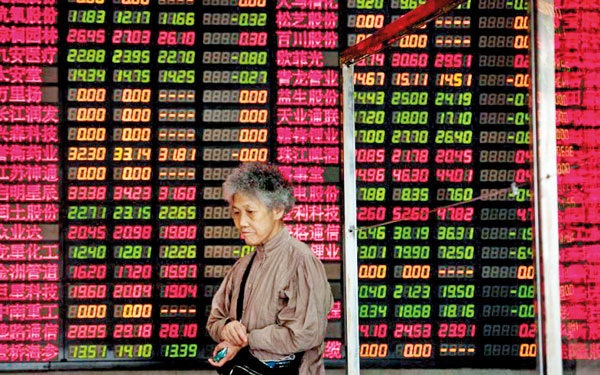04 Sep 2015 - {{hitsCtrl.values.hits}}

.jpg) have somewhat recovered across the globe, hundreds of billions of dollars wiped off from the world’s financial markets as the Chinese rout sent shares tumbling in Europe, Asia and the US.
have somewhat recovered across the globe, hundreds of billions of dollars wiped off from the world’s financial markets as the Chinese rout sent shares tumbling in Europe, Asia and the US..jpg)
.jpg)
.jpg)
26 Nov 2024 6 hours ago
26 Nov 2024 7 hours ago
26 Nov 2024 8 hours ago
26 Nov 2024 9 hours ago
26 Nov 2024 9 hours ago